22 Classic Movie Scenes That Changed Pop Culture Forever
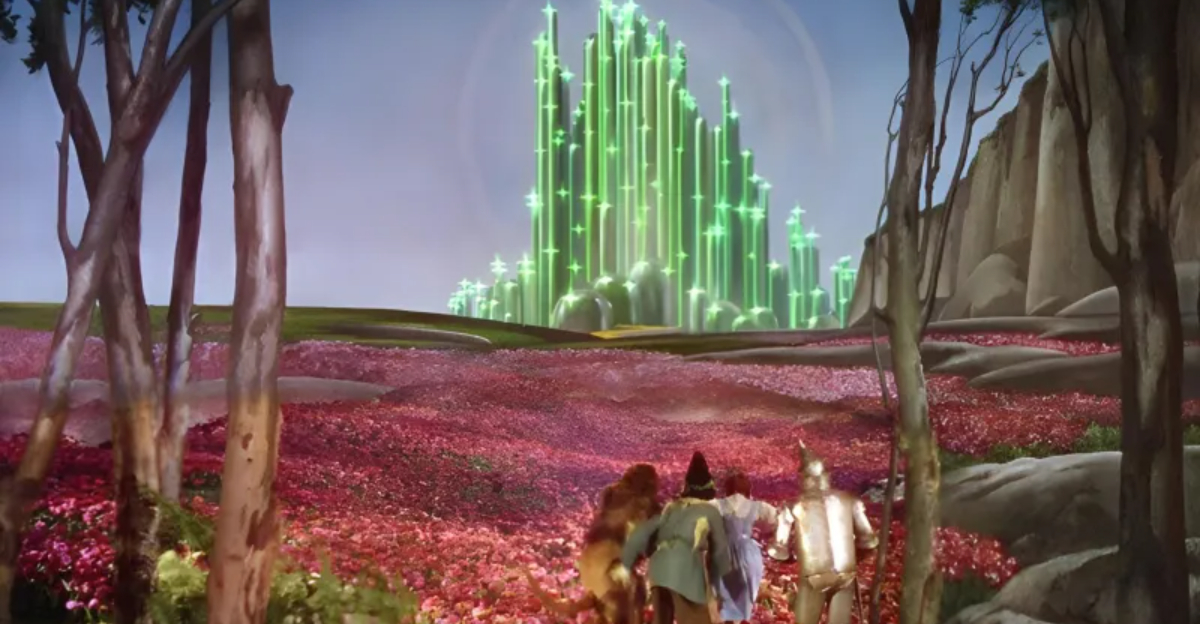
Movie scenes have a magical way of sticking with us—whether it’s a single line that becomes part of our everyday vocabulary or a dramatic shot that leaves goosebumps decades later.
These aren’t just flickers on a screen; they’re cultural cornerstones, instantly recognizable and endlessly quoted. Classic films have gifted us with scenes that didn’t just entertain—they reshaped the language of cinema and carved out space in the heart of pop culture.
Some sparked new genres, others redefined what audiences expected from a film, and a few became larger than the movies they were in. In this blog, we’re diving into 22 of these unforgettable moments—scenes so iconic, they’re practically tattooed onto the timeline of movie history.
Each one is more than just a piece of film—it’s a time capsule, a turning point, and sometimes, a total game-changer. So grab your popcorn and let’s rewind through the reel of cinematic greatness.
1. “Frankly, my dear, I don’t give a damn.” – Gone with the Wind (1939)
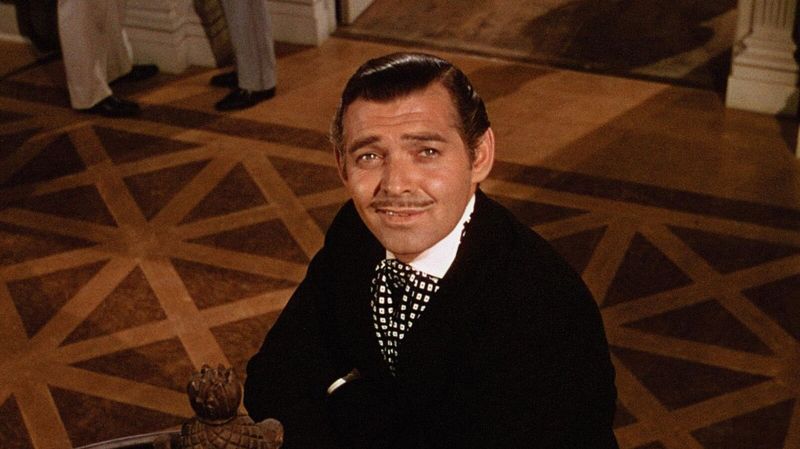
This line from “Gone with the Wind” is more than just words—it’s a cultural phenomenon. When Clark Gable, as Rhett Butler, uttered this now-legendary phrase, he not only summed up his character’s disdain but also managed to bypass the censorship of the time.
The sass and boldness of the line gave a new dimension to cinematic dialogue, making it a staple in pop culture references even today.
It’s a line that has been mimicked, parodied, and quoted in countless other mediums, proving the timelessness of its impact. Whether used in jest or seriousness, it carries an air of finality and confidence that continues to captivate audiences.
2. The Shower Scene – Psycho (1960)
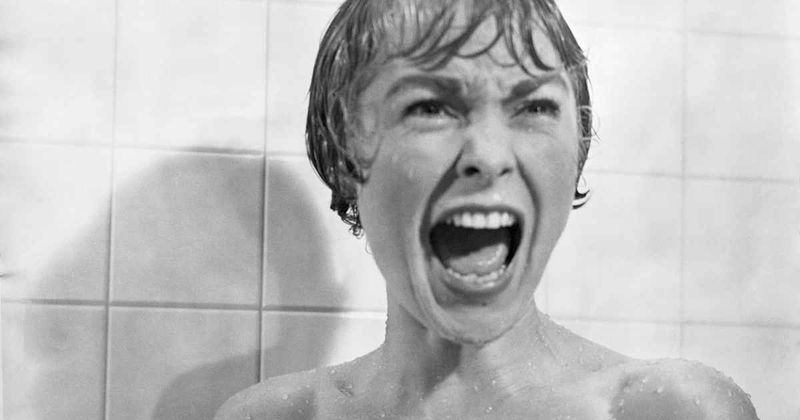
Alfred Hitchcock’s “Psycho” took horror to a chilling new level with its infamous shower scene. In just a few minutes, the combination of a stabbing violin score and Janet Leigh’s terror-stricken face etched itself into the nightmares of audiences everywhere.
The scene’s brilliance lies in its simplicity and shock value, turning everyday rituals into potential horrors. It was a cinematic masterstroke that redefined the genre, influencing countless filmmakers and remaining a cultural touchstone.
By focusing on the psychological, Hitchcock invited us to fear what lies behind the curtain, a fear that still reverberates through the horror genre today.
3. “Here’s looking at you, kid.” – Casablanca (1942)
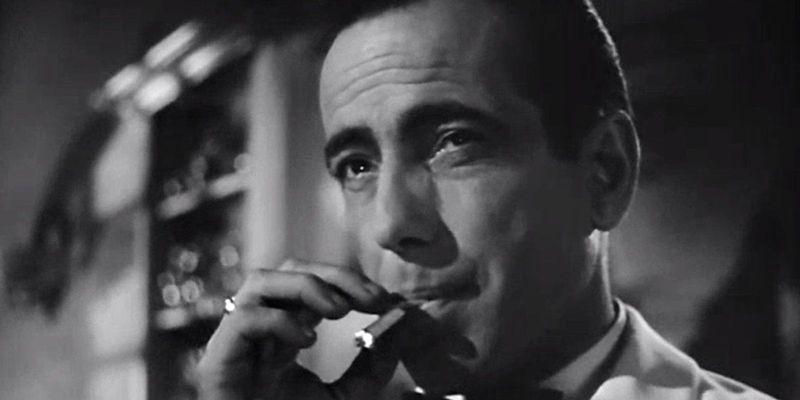
Humphrey Bogart’s farewell to Ingrid Bergman in “Casablanca” resonates with a poignant simplicity. “Here’s looking at you, kid” captures a moment of bittersweet longing that transcends the screen.
This line has become a shorthand for romantic nostalgia, making its way into everything from love letters to modern dating profiles. Its enduring charm lies in its ability to convey a world of emotion in just a few words, encapsulating the essence of the film itself.
Whether whispered in a black-and-white dream or quoted in the throes of romance, Bogart’s words continue to echo through the halls of cinematic history.
4. Dorothy Opens the Door to Color – The Wizard of Oz (1939)
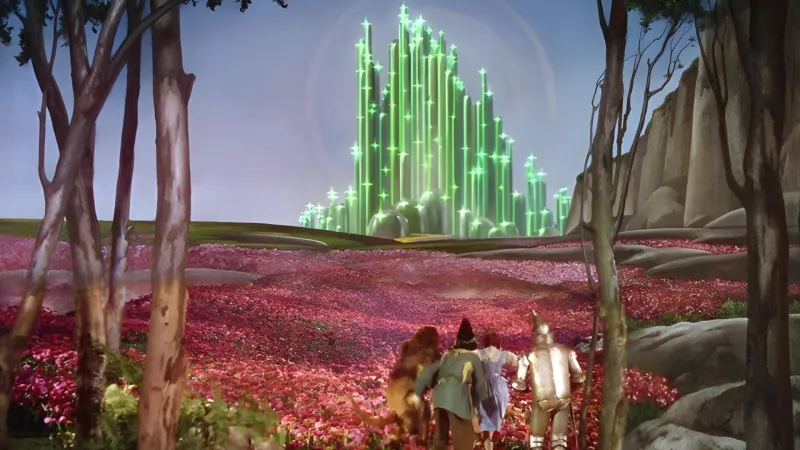
The moment Dorothy opens the door to Technicolor in “The Wizard of Oz” is nothing short of magical. Audiences in 1939 were treated to a visual spectacle that revolutionized the cinematic experience.
The transition from sepia to Technicolor was not just a technical marvel but also a metaphor for Dorothy’s journey into a world of wonder.
This scene remains a pivotal moment in film history, symbolizing the power of imagination and the magic of movies. It’s a reminder of how far cinema has come and how such innovations continue to enchant viewers across generations.
5. Rocky Runs the Steps – Rocky (1976)
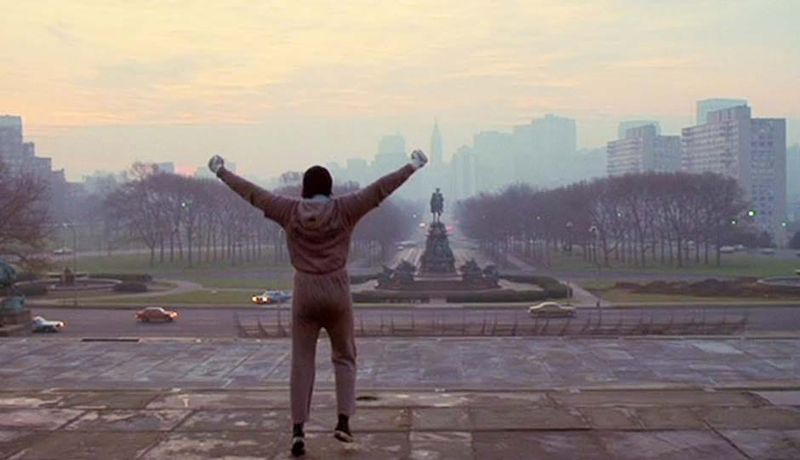
The image of Rocky Balboa running up the steps of the Philadelphia Museum of Art has become an enduring symbol of triumph. Accompanied by Bill Conti’s stirring theme, this scene from “Rocky” encapsulates the spirit of determination and the underdog’s perseverance.
It’s more than just a cinematic moment; it’s a cultural icon that has inspired athletes and dreamers alike. Whether you’re jogging up actual steps or metaphorical ones, the essence of Rocky’s journey resonates with anyone who’s ever dared to chase a dream.
It’s a tribute to grit, heart, and the power of a good training montage.
6. The Godfather’s “I’m gonna make him an offer he can’t refuse.” – The Godfather (1972)

Marlon Brando’s delivery of this chilling line in “The Godfather” became a cornerstone of cinematic dialogue. The words carry an undercurrent of power and menace, embodying the essence of the Mafia’s influence.
This iconic phrase has transcended its original context, becoming a metaphor for persuasive offers everywhere. Whether used in jest or to convey serious intent, it continues to hold a place in our cultural lexicon.
It’s a testament to the film’s lasting impact, showcasing how a simple line can encapsulate an entire narrative’s tension and intrigue.
7. The Chestburster – Alien (1979)
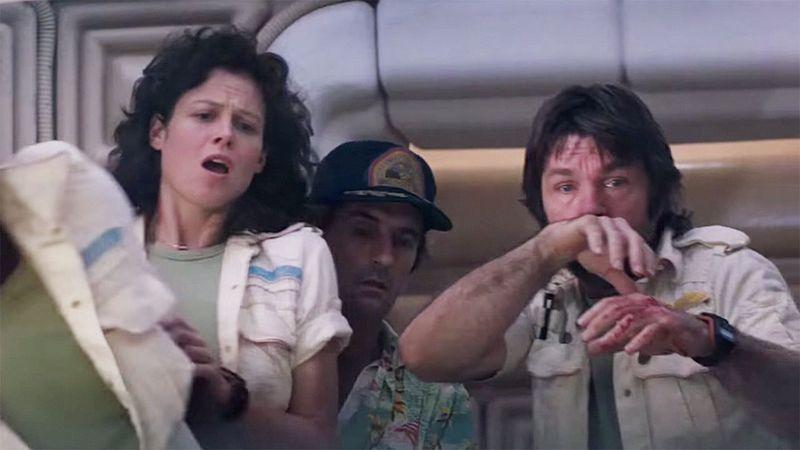
Ridley Scott’s “Alien” introduced audiences to one of the most shocking scenes in sci-fi horror with the chestburster incident. When an alien creature violently emerges from Kane’s chest, it defied audience expectations and redefined body horror.
The unexpected nature of the scene combined with realistic effects created a visceral experience that left a lasting impression.
This moment not only set a new standard for horror but also challenged filmmakers to push the boundaries of on-screen terror. The chestburster has since become a symbol of surprise and fear, resonating with fans of the genre around the world.
8. “You talkin’ to me?” – Taxi Driver (1976)

Robert De Niro’s infamous monologue in “Taxi Driver” is a masterclass in character study. The phrase “You talkin’ to me?” quickly entered the pop culture lexicon, embodying the inner turmoil and isolation of Travis Bickle.
It’s a scene that captures the raw intensity of De Niro’s performance, offering a glimpse into the mind of a man on the brink.
The line has been quoted, parodied, and referenced in countless contexts, yet it remains uniquely tied to the gritty realism of the film. This moment stands as a testament to De Niro’s talent and Scorsese’s vision, leaving an indelible mark on cinema.
9. The Final Reveal – Planet of the Apes (1968)
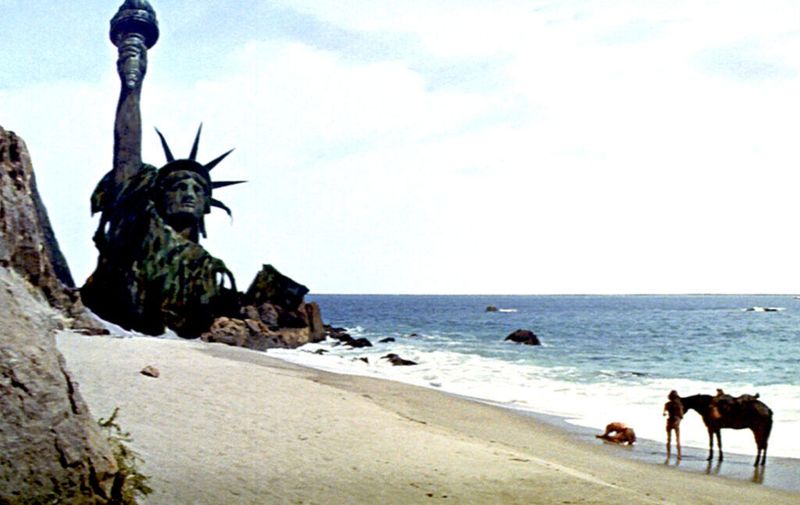
Charlton Heston’s discovery of the Statue of Liberty in “Planet of the Apes” delivers one of cinema’s most memorable twist endings.
The realization that the apocalyptic landscape is Earth itself challenged viewers’ perceptions and set a new standard for storytelling. This revelation was a powerful commentary on humanity, posing existential questions that linger long after the credits roll.
The scene’s impact lies in its ability to surprise and provoke thought, cementing its place as a milestone in science fiction. It’s a twist that continues to inspire filmmakers and captivate audiences with its profound implications.
10. “Nobody puts Baby in a corner.” – Dirty Dancing (1987)
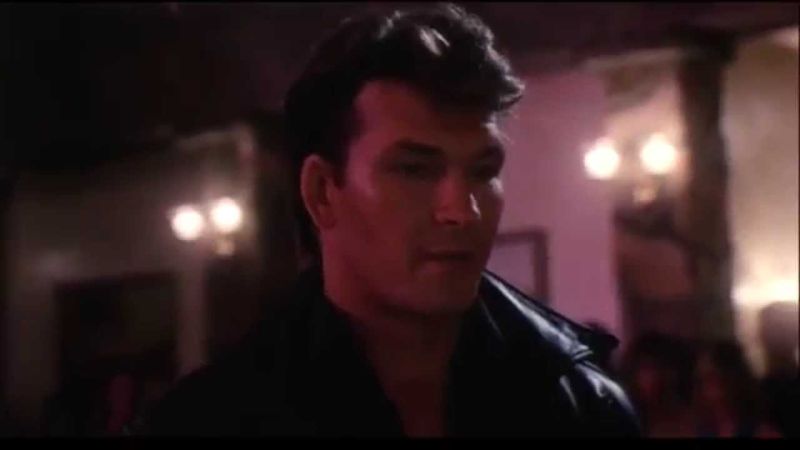
Patrick Swayze’s declaration in “Dirty Dancing” is a rallying cry for empowerment and self-expression. “Nobody puts Baby in a corner” has become synonymous with standing up for oneself and refusing to be sidelined.
This iconic line, paired with an unforgettable dance finale, solidified the film’s place in pop culture history.
It’s a moment that resonates with anyone who’s ever felt marginalized or underestimated, capturing the spirit of rebellion and romance. The line’s enduring popularity is a testament to the film’s impact, reminding us that everyone deserves their moment in the spotlight.
11. The Boombox Serenade – Say Anything… (1989)
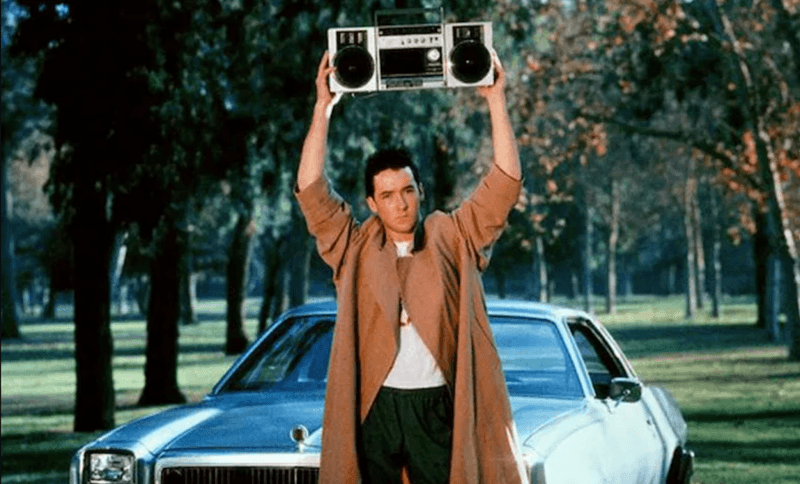
John Cusack’s heartfelt serenade in “Say Anything…” became a symbol of romantic gestures. As Lloyd Dobler holds a boombox above his head, blasting Peter Gabriel’s “In Your Eyes,” he sets a high bar for cinematic romance.
This scene captured the essence of youthful love and determination, inspiring countless grand gestures in real life.
It’s a moment that resonates with anyone who’s ever dared to put their feelings on the line. With its perfect blend of vulnerability and boldness, the boombox serenade remains a beloved touchstone of romantic comedy.
12. The Training Montage – Karate Kid (1984)
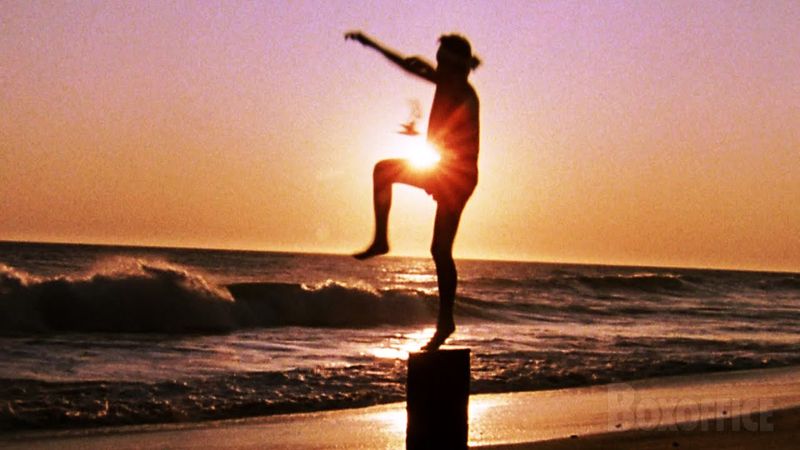
The “Karate Kid” training montage is a masterclass in character development and narrative progression. As Daniel LaRusso learns from Mr. Miyagi, the repetitive tasks of “wax on, wax off” become a metaphor for discipline and growth.
This montage encapsulates the essence of mentorship and the journey from novice to skilled martial artist. It’s a sequence that inspires viewers with its message of perseverance and the rewards of hard work.
The montage has become a cultural reference for any learning process, emphasizing that true mastery comes from dedication and practice.
13. The Snapping Jets and Sharks – West Side Story (1961)
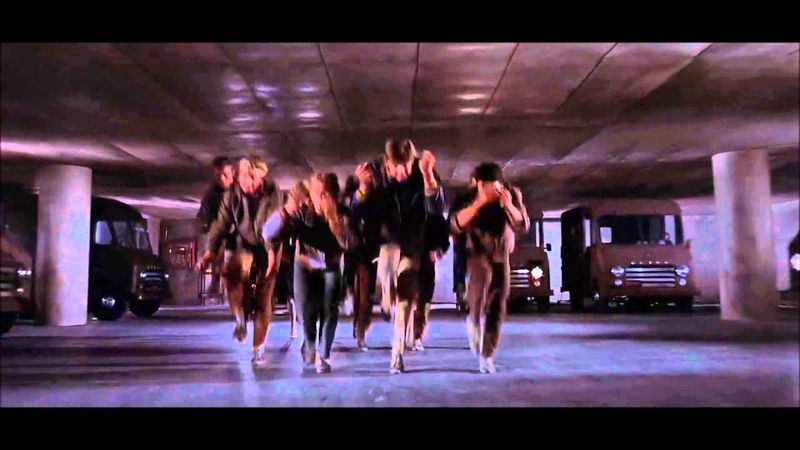
The opening dance sequence in “West Side Story” is a dynamic blend of tension and artistry. As the Jets and Sharks snap their way through the streets, they redefine what it means to express conflict through dance.
This choreography set a new standard for musicals, blending athleticism with storytelling. It’s a visually striking moment that captures the raw energy and rivalry of the characters, making it a standout in the genre.
The snapping scene remains an iconic piece of choreography, celebrated for its innovative approach to blending dance and drama.
14. The “I’ll have what she’s having” Scene – When Harry Met Sally… (1989)
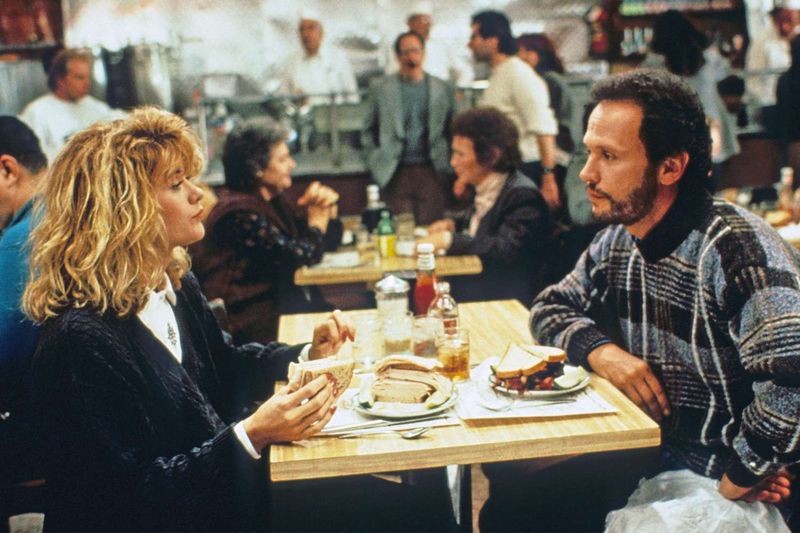
Meg Ryan’s performance in “When Harry Met Sally…” turned a simple diner scene into cinematic gold. Her faux orgasm, followed by an older woman’s classic line “I’ll have what she’s having,” became an iconic moment in romantic comedy.
This scene cleverly explores the dynamics of relationships and public perceptions, offering humor and insight in equal measure.
It’s a testament to the film’s witty script and Ryan’s comedic timing, creating a moment that continues to resonate with audiences. The scene’s enduring popularity highlights the power of humor in exploring human connections.
15. “ET phone home.” – E.T. the Extra-Terrestrial (1982)
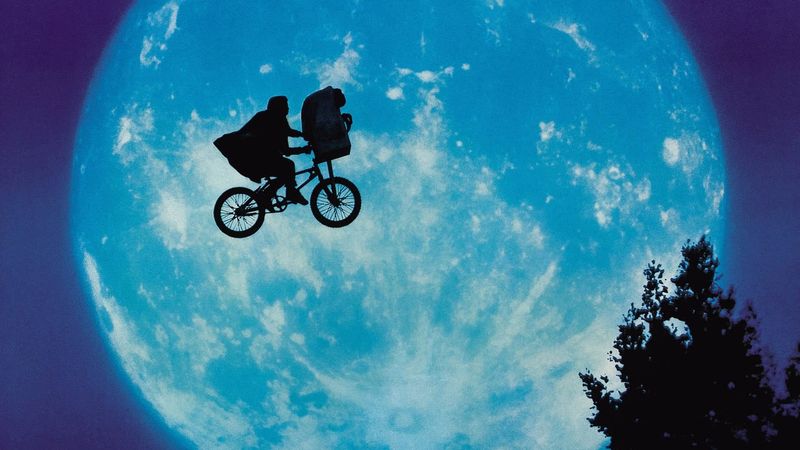
Steven Spielberg’s “E.T. the Extra-Terrestrial” gave us one of the most heartwarming phrases in film history. “ET phone home” encapsulates the longing for connection, resonating with audiences of all ages. This line, paired with the image of a glowing finger, became a symbol of childhood wonder and innocence.
It’s a moment that transcends language, speaking to the universal desire for belonging.
The enduring appeal of E.T.’s journey is a testament to Spielberg’s storytelling, capturing the magic of friendship and the emotions that bind us across the stars.
16. The T-Rex Attack – Jurassic Park (1993)
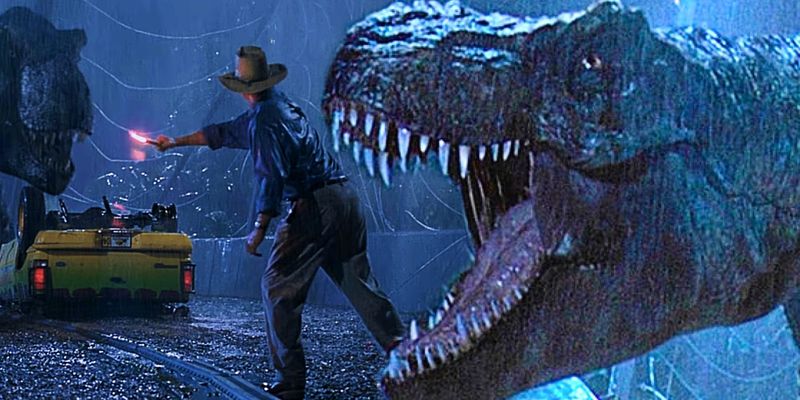
Steven Spielberg’s “Jurassic Park” brought dinosaurs to life in a way never before seen. The T-Rex attack scene, with its iconic water cup ripple, set a new standard for visual effects and suspense.
As the T-Rex emerges from the rain-soaked jungle, it brings a primal fear to the forefront, captivating audiences worldwide. This scene not only showcased groundbreaking technology but also reignited the world’s fascination with dinosaurs.
It’s a thrilling moment that demonstrates the power of cinema to transport us to distant worlds, blending science fiction with adventure in an unforgettable way.
17. The Reveal of Darth Vader’s True Identity – The Empire Strikes Back (1980)
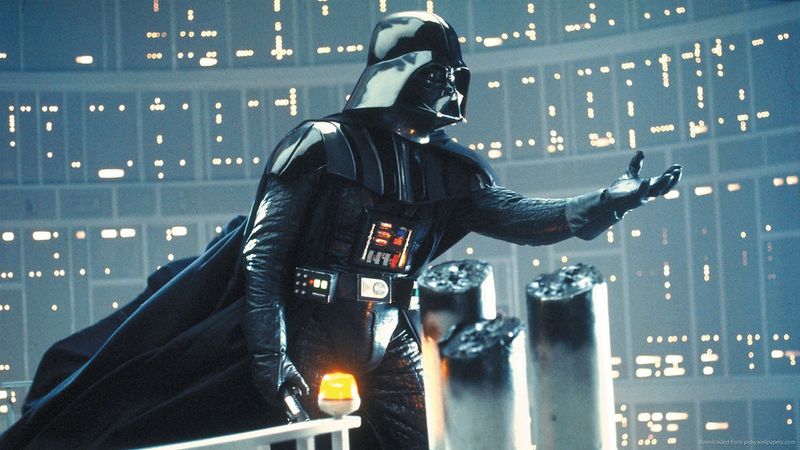
The reveal of Darth Vader’s true identity in “The Empire Strikes Back” is a cornerstone of cinematic storytelling. When Vader utters “I am your father,” it’s a twist that left audiences reeling, altering the trajectory of the “Star Wars” saga.
This moment redefined the stakes of the story, deepening the characters and heightening the drama. It’s a scene that continues to be referenced and parodied, solidifying its place in pop culture.
The reveal’s impact is a testament to George Lucas’s storytelling, proving the power of a well-executed twist to captivate and surprise.
18. “You’re gonna need a bigger boat.” – Jaws (1975)
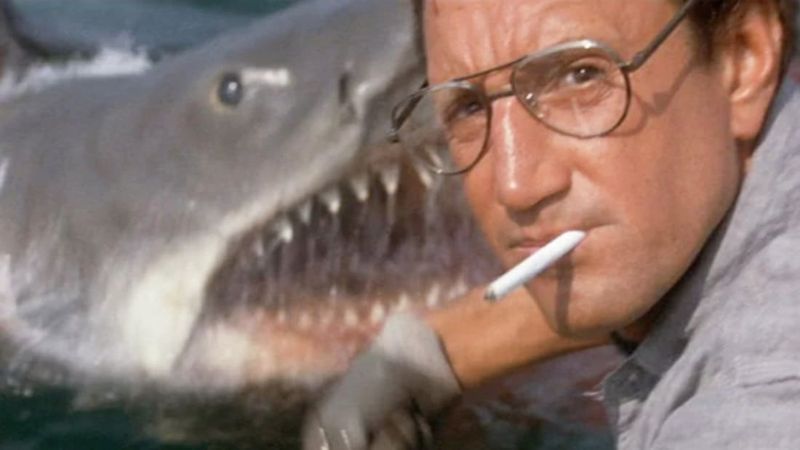
Roy Scheider’s offhand remark in “Jaws” quickly became a metaphor for unpreparedness. “You’re gonna need a bigger boat” captures the blend of humor and horror that defines the film.
This improvised line has since become a staple in pop culture, used in situations where one feels overwhelmed by circumstances. It’s a testament to the film’s enduring appeal, blending suspense with a touch of levity.
The scene’s impact lies in its ability to convey both fear and wit, showcasing the power of a well-timed line to resonate with audiences long after the movie ends.
19. The Opening Crawl – Star Wars (1977)
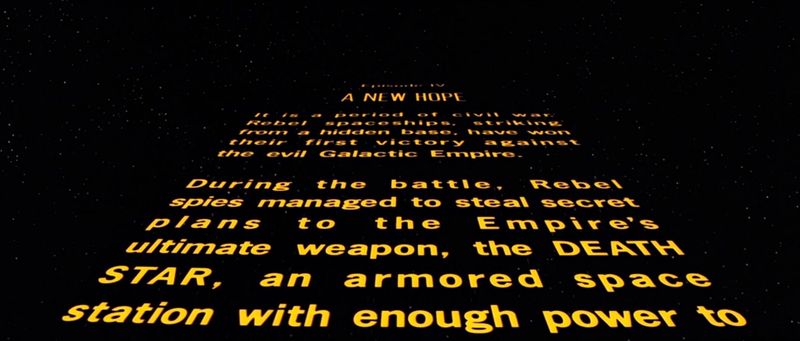
The opening crawl of “Star Wars” has become an iconic element of the franchise, setting the stage for epic storytelling. With its yellow text scrolling against the starry backdrop, it invites audiences into a galaxy of adventure and intrigue.
This seemingly simple visual has become a hallmark of the series, instantly recognizable to fans around the world.
The crawl’s blend of narrative and mystery captures the imagination, offering a glimpse into the expansive universe George Lucas created. It’s a technique that has been parodied and celebrated, becoming a beloved part of cinematic history.
20. The Dancing Silhouette – Singin’ in the Rain (1952)
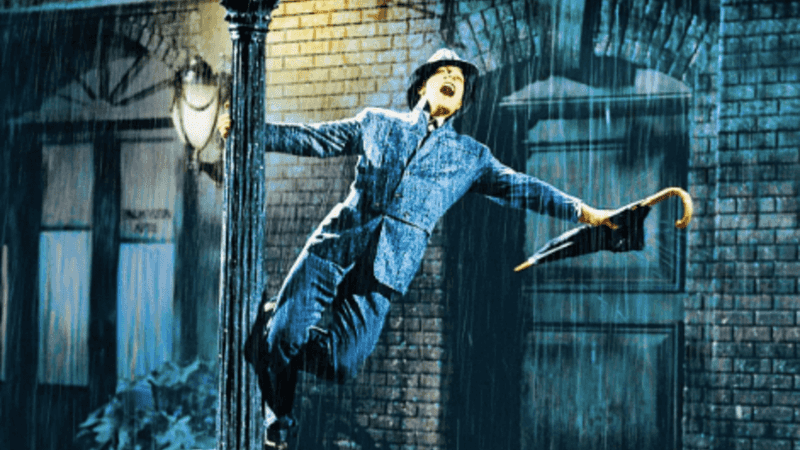
Gene Kelly’s exuberant dance in “Singin’ in the Rain” is a celebration of joy and musicality. As he twirls around a lamppost, splashing through puddles, Kelly redefined the potential of dance on film.
It’s a scene that captures the pure delight of artistry, blending technical skill with infectious enthusiasm. This moment remains a highlight of musical cinema, celebrated for its ability to convey emotion through movement.
Kelly’s performance continues to inspire dancers and filmmakers alike, proving that sometimes the most profound expressions come from simple acts of joy.
21. “I see dead people.” – The Sixth Sense (1999)
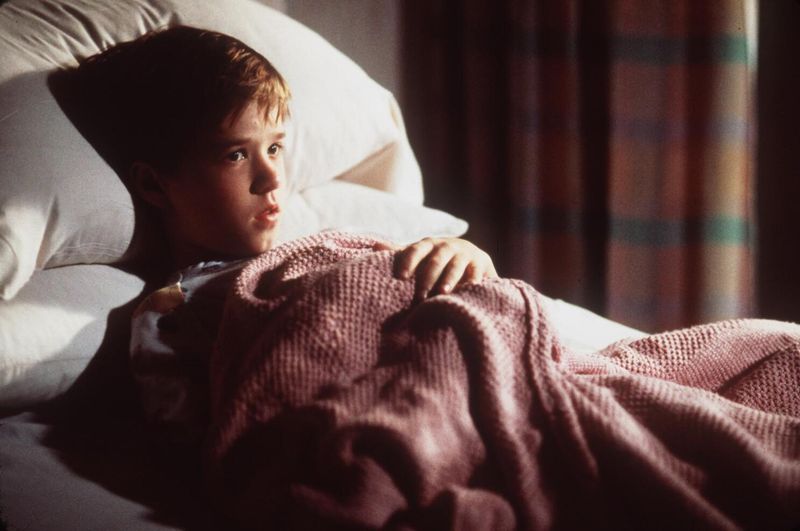
Haley Joel Osment’s chilling words in “The Sixth Sense” turned the supernatural into a phenomenon. “I see dead people” became a haunting revelation, setting the stage for one of the most talked-about twist endings.
This line encapsulates the film’s eerie atmosphere, drawing audiences into a world where the unseen becomes visible. It’s a moment that invites viewers to question reality, blending suspense with emotional depth.
The film’s enduring impact lies in its ability to surprise and engage, making “I see dead people” a line that continues to echo in popular culture.
22. The Bullet Dodge – The Matrix (1999)

The Matrix introduced audiences to a new level of visual effects with its iconic bullet dodge scene. As Neo bends impossibly to avoid gunfire, the film melded groundbreaking technology with philosophical questions about reality.
This moment redefined action sequences, inspiring countless imitations and innovations in the genre. The bullet dodge is more than just a technical achievement; it’s a metaphor for the possibilities of the human mind.
It’s a scene that continues to engage audiences, inviting them to explore the boundaries of what is real and what is possible.
